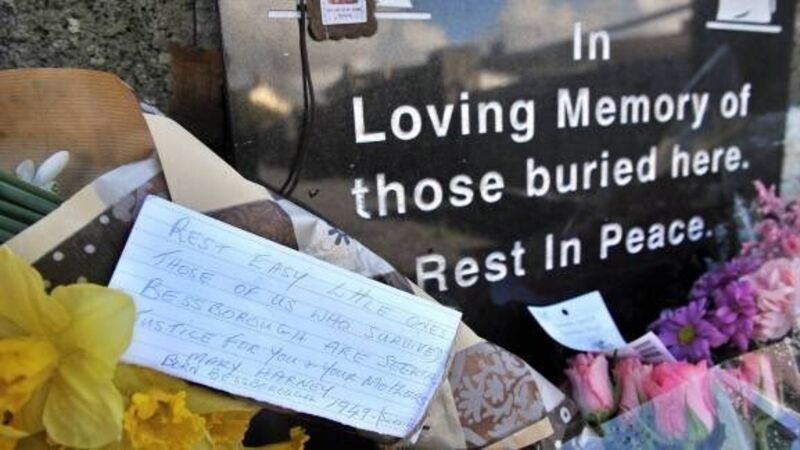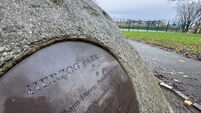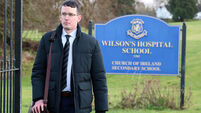At Tuam baby home site, justice must trump commemoration

Considering ‘memorialisation’ on equal terms with investigation will quite literally pave over the wrongdoing, writes
MAYBE it’s the weather, or the World Cup, or Brexit, but the publication last Friday of the latest report on the Tuam Mother and Baby Home by Minister for Children and Youth Affairs, Katherine Zappone, seemed to get swallowed up by the silly season without much attention being paid to it. Maybe that was the point.
















